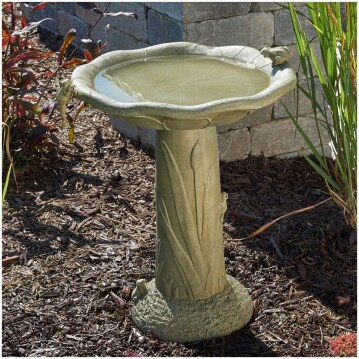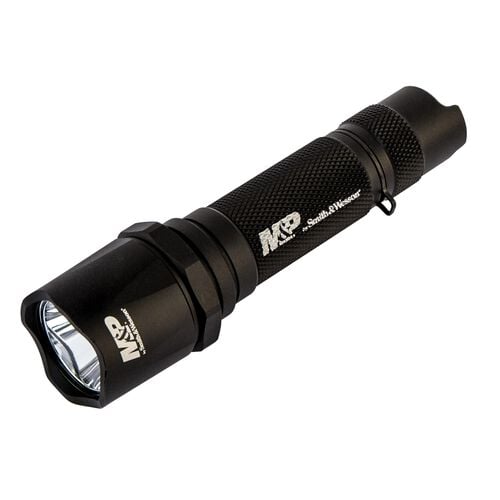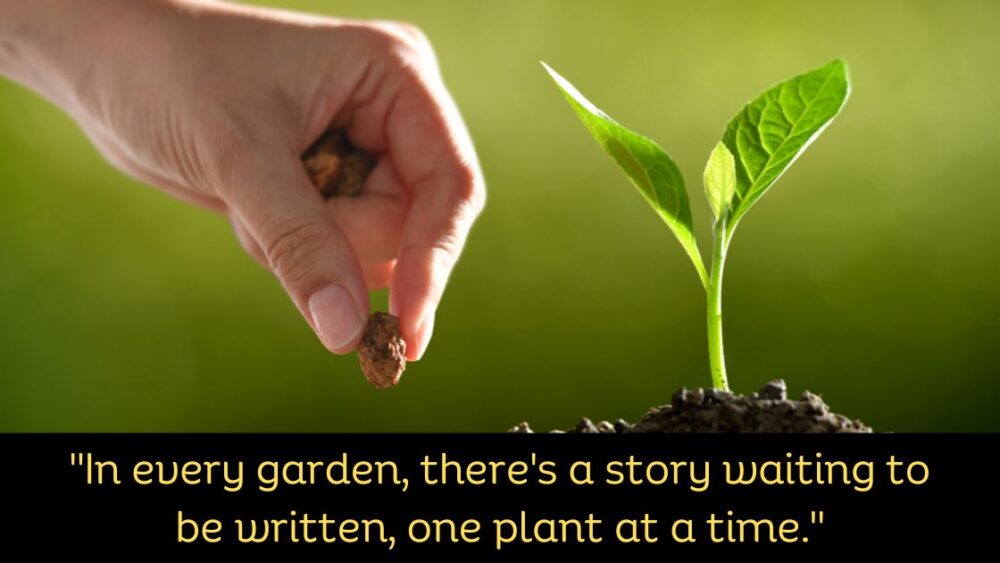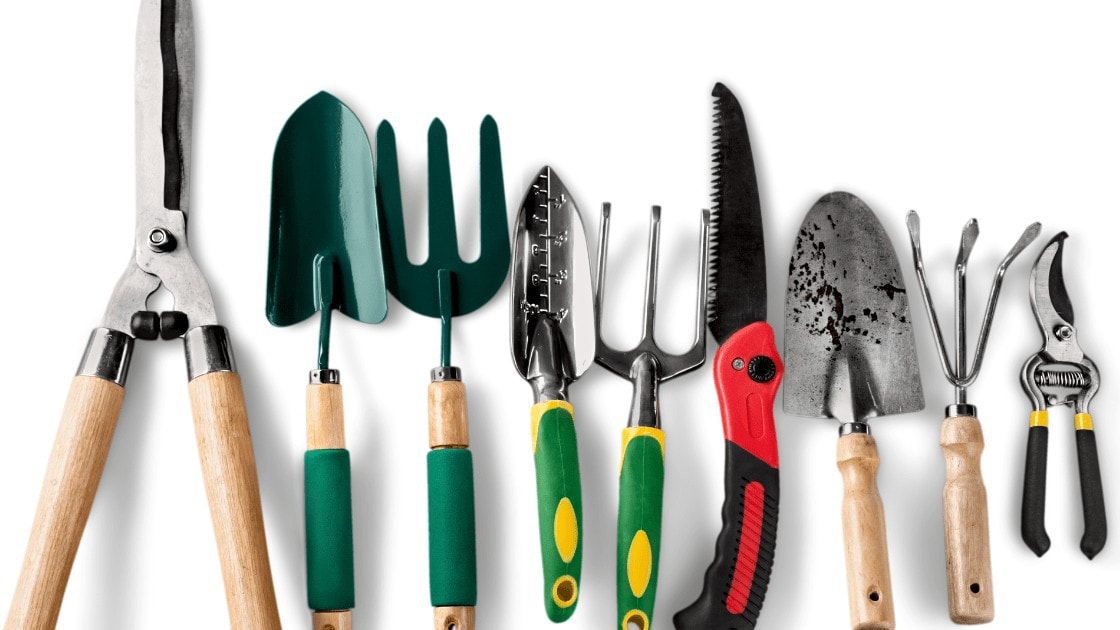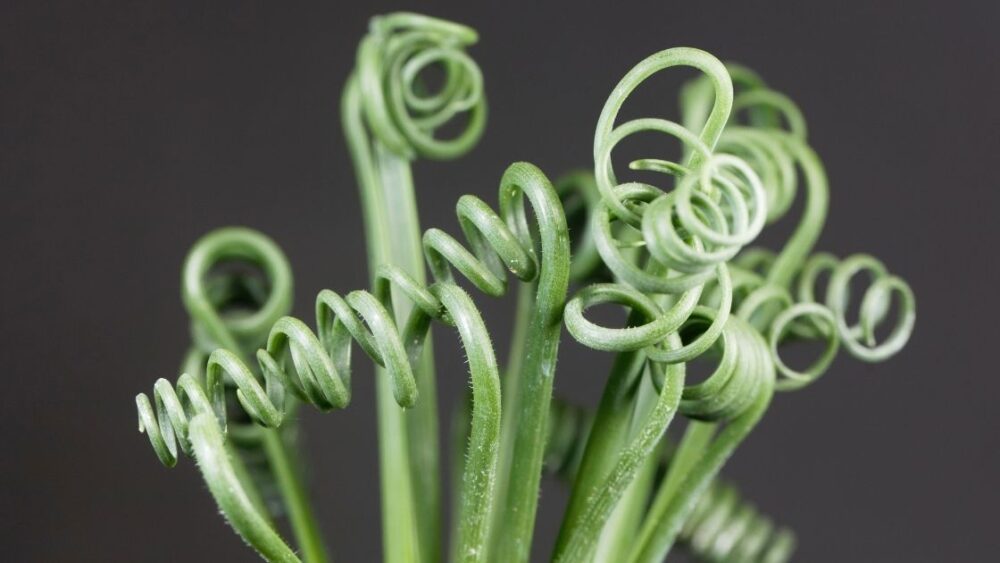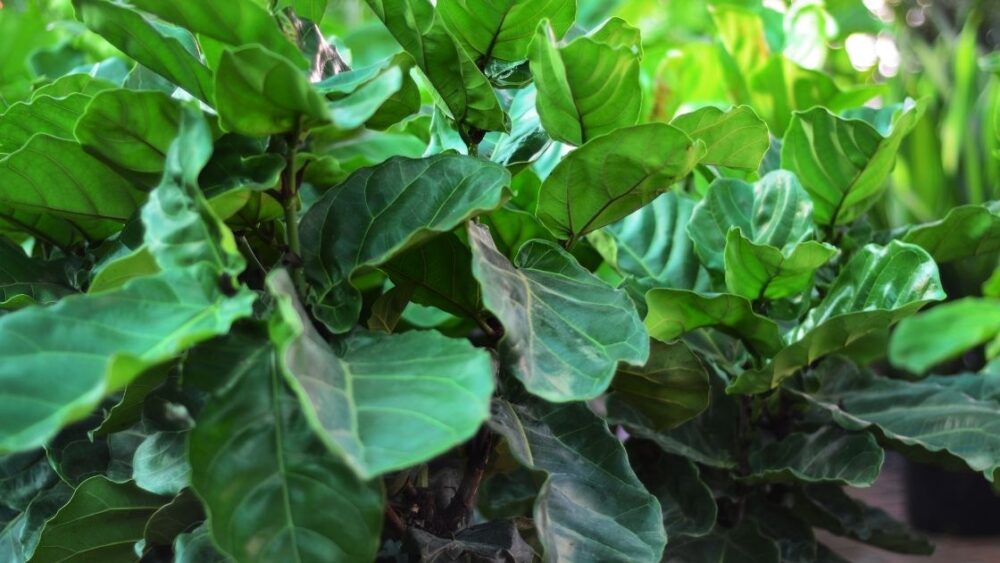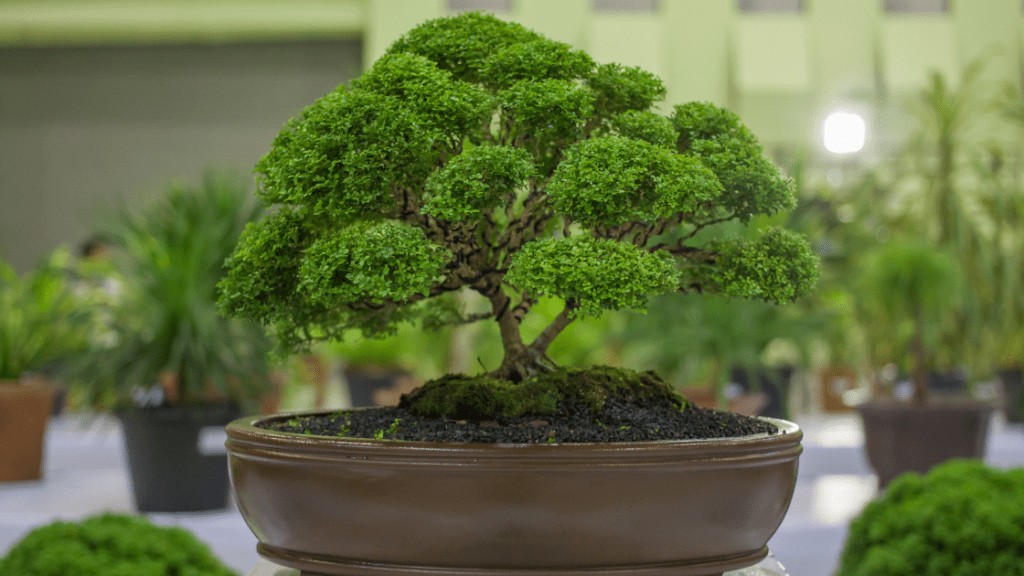
Growing and shaping a bonsai tree so that it looks like a tiny version of a real outdoor tree is a long process – it can take more than 5 years. Caring for a plant that has so much labor and attention put into it may seem intimidating at first. In this article we will discuss Bonsai tree care and maintenance for the beginner in mind.
Taking care of a Bonsai Tree is actually not difficult, as long as you meet its basic requirements – proper lighting, watering, fertilization and some pruning during the summer months. In this article, we’ll provide you with all the information you need in order to successfully take care of a bonsai and keep it alive for years or even decades to come!
What Are Bonsai Trees?
Bonsai Trees don’t genetically differ from regular, outdoor trees – they are grown from the same seeds. The only difference is that the tree is confined in a small pot and not allowed to reach full size. As the tree ages, it develops the same characteristics and proportions as a large, outdoor tree, but remains around 100 times smaller.
Browse our Affiliate Products
In addition, the branches and the trunk of the tree are usually shaped after wrapping them in rigid metal wiring. Bonsai originated in China around 600 B.C, but the techniques for shaping and growing Bonsai trees were mostly perfected by the Japanese, starting around 12 A.D. Bonsai trees can live for hundreds of years and the oldest Bonsai in the world is over a thousand years old, growing in the Italian Bonsai museum ‘Crespi’.
What Do Bonsai Trees Symbolize?
Bonsai is considered an art form and gardeners who grow and shape bonsai trees are considered artists. Through the shaping of the tree, qualities such as balance, peace and harmony are expressed. Bonsai trees of course can be looked at from a purely scientific perspective as well. In the end, the shaping and growing of a good looking Bonsai Tree can be considered a mixture of equal parts science and art.
Which Bonsai Tree Is Most Common And Why?
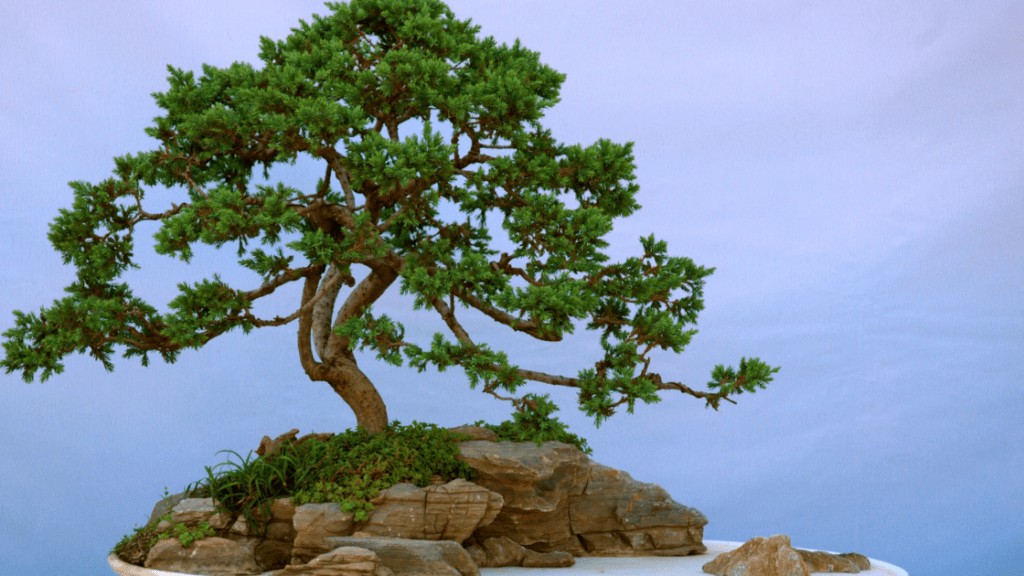
Juniper is the most common bonsai tree – it’s evergreen, easily shaped and can take aggressive pruning. It relatively quickly develops into a Bonsai that looks like a real miniature tree. The only disadvantage of juniper is that it doesn’t produce the colorful flowers of many other bonsai tree species.
If you want a beautifully-flowering Bonsai Tree, Azalea is another common option – it produces a lot of beautiful, pink, purple or white flowers at the start of the summer. Virtually any tree can be turned into a bonsai, as long as it’s confined in a small container and regularly pruned and shaped.
Check out our Azalea article for more information. outdoorgardenaccessories.com/azalea japonica care propagation and flowering guide/
How to Take Care of a Bonsai Tree and Maintain Its Shape
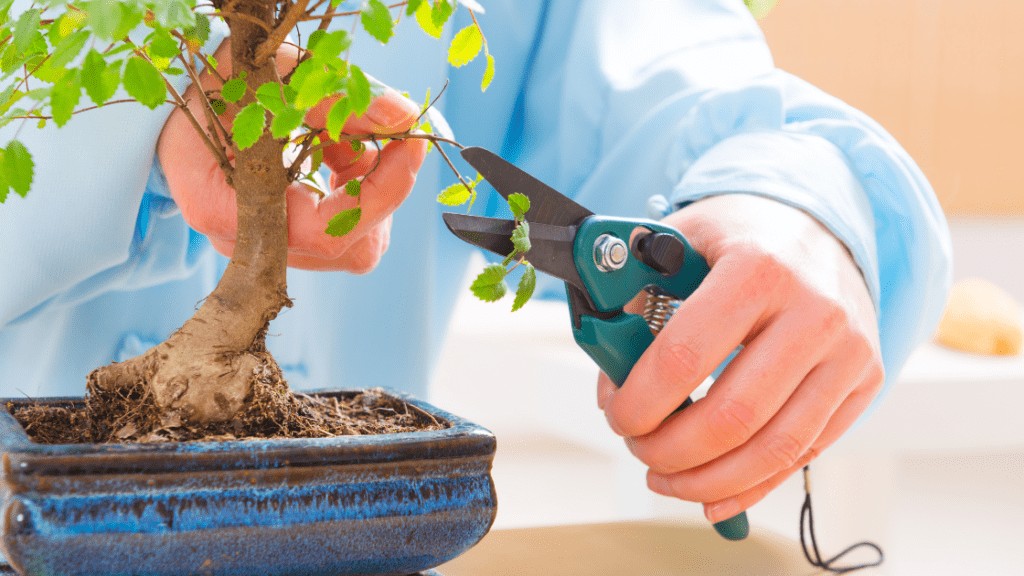
As we mentioned in the opening paragraph, taking care of a bonsai tree is usually much easier than most people would think – in fact, most bonsai trees come with a very short care guide. The guide usually mentions whether the Bonsai Tree should be placed indoors or outdoors and how often it should be watered. Pruning and shaping is a bit more complicated, but it’s still very easy to do and is usually done only once per year, during the spring or summer.
Also Bonsai Empire offers another great tutorial on pruning and shaping. Bonsaiempire.com/basics/styling/pruning
Sunlight, Location & Temperature – Indoor vs. Outdoor Bonsai Trees
Whether a Bonsai should be placed outside or inside is purely dependent on the tree species. Usually, coniferous bonsai trees are labeled as ‘outdoor’, while many deciduous trees are labeled as an ‘indoor’ bonsai.
The most common Bonsai Tree – the Juniper, is very versatile and can live both outdoors as well as indoors, as long as you can give it plenty of light. Because it’s a coniferous tree, it can withstand cold temperatures, but goes into winter dormancy – a period, throughout which it requires very little watering and no fertilization.
There are two reasons why a bonsai tree can require an outdoor location:
- It can be very difficult to achieve the same light intensity indoors with artificial lighting. However, it can certainly be done! Most bonsai trees have a small canopy area and a sufficiently powerful (at least 20-30 watts) LED grow light can create a light intensity comparable to a full sun.
- Cold-hardy tree varieties may require a winter dormancy period in order to thrive. Placing a cold-hardy, outdoor bonsai tree indoors can lead to unpredictable results, depending on what the tree is used to. Flowering tree varieties usually bloom shortly after their winter dormancy is broken – if they are kept in a warm indoor spot year-round they may not flower at all. However, they may also flower all throughout the year, which demands too much energy and will eventually ‘tire out’ the tree, making it produce only a few flowers. This can be prevented by proper fertilization, which we’ll discuss later. However, it’s best to give cold-hardy bonsai trees some winter rest by placing them in a colder area during the winter.
Soil and Fertilization
All bonsai trees require fertilization during their growing season – from early spring to late summer. Usually, the potting containers in which bonsai trees grow contain a very small amount of soil that quickly gets depleted of nutrients. As the tree starts growing new foliage and blooms, virtually all of the nutrition in the soil can become depleted in only a few weeks.
This is why bonsai trees require weekly fertilization with a special, bonsai fertilizer. Because fertilization is unavoidable either way, rich soils aren’t typically used for planting bonsai trees – the soil functions more like an inert medium that holds the roots. Most bonsai soil mixes contain a lot of lava rock, gravel and other nutrient-free, inert materials.
Amazon’s offers some great choices in Bonsai fertilizer as shown below.
Watering
Almost all Bonsai Trees require frequent watering and tiny, shallow pots may have to be watered up to 3 times a day! For that reason, people who grow a large number of bonsai trees usually have an automatic watering system in place. As such, it would be recommended to use a drip system.
If you would like to read more about drip irrigation, you can read our article below.
Outdoorgardenaccessories.com/drip irrigation: pros, cons, and garden uses/
It’s best to water Bonsai Trees thoroughly with a lot of water and allow the whole pot to become soaked. Outdoor bonsai trees placed in sunlight are particularly vulnerable to drought. Accidentally starving a bonsai tree of water will usually not kill the tree, because the woody roots and trunk hold a lot of water. However, it can lead to losing all of the foliage, which may take months to regrow and recover.
Pruning and Shaping
Most bonsai trees require heavy pruning during the spring and summer. Letting the tree grow too much, while the roots are still confined in a tiny space can increase the water demand of the bonsai too much and can lead to many problems. Pruning is not difficult and simply involves keeping the shape of the tree by removing any branches that start to ‘stick out’. You can’t really kill a bonsai tree by pruning it too much, so don’t be intimidated!
If your interested in more information about pruning tools, check out our article. Outdoorgardenaccessories.com/2 reasons why pruning shears are curved and why they work/
Planting vs. Potting
Removing a Bonsai Tree from its pot and planting it outside can certainly be done. It can be an interesting experiment to see how much the tree bursts into growth when it’s no longer limited by the small pot. Once planted outside, the tree will start growing into a regular, mature tree, but will still keep some of its bonsai characteristics – a thicker trunk and a bushier growth.
Planting a bonsai outside is a great option if you can’t keep up with the water demand of the bonsai and are tired of having to water it daily. Just make sure that your local climate is suitable enough for the particular tree species.
You can check your local zone, or compare it to one that is similar by clicking. planthardiness.ars.usda.gov/PHZMWeb/
Making a Bonsai From a Tree Cutting
Many bonsai trees are grown from seed – this gives the artist full control over the growth of the plant right from the start. However, you may want to experiment with rooting a cutting and eventually turning it into a bonsai.
Tree cuttings are best obtained during the spring or summer. Finding a branch that closely resembles the shape of a stand-alone tree can save you a lot of time and you can start shaping it as soon as it develops some roots!
Unfortunately, tree cuttings can take a long time to develop roots – up to several months. Dipping the cutting into rooting powder can greatly speed up the process. Usually, tree cuttings are rooted in a soilless potting mix, which reduces the chance of rotting.
Bonsai Empire offers a great step by step tutorial in making a bonsai tree from a cutting. Bonsaiempire.com/basics/cultivation/from cuttings
How Big Do Bonsai Trees Get, How Fast Do They Grow And Should You Repot Them?
Bonsai trees are just regular trees, so they require active measures to prevent them from growing too much. Planting a bonsai tree outside in your garden will eventually lead to the bonsai growing into a full-sized tree – most trees grow at a rate of about 1 to 3 feet per year. By regular pruning of the branches and the roots, a bonsai tree can be kept at the same size for many years.
However, many people only prune the branches and not the roots, which usually means that the tree will have to be repotted in a slightly bigger pot every 2 to 3 years. You can tell that it’s time to repot when the roots start circling around too much after reaching the sides of the container.
Final Thoughts
Caring for a bonsai is easy and the only demanding part is the constant watering required. Depending on the tree species, bonsai trees can be either suitable for an outdoor or an indoor location. A suitable grow light can make it possible to grow your bonsai tree indoors year-round, provided that you give it a rest period during the winter by placing it in a location where the temperature hovers around 40 to 50F. Don’t be intimidated to generously prune your bonsai tree when it starts developing new growth during the spring and summer. With proper care, your tree can survive for many decades!


